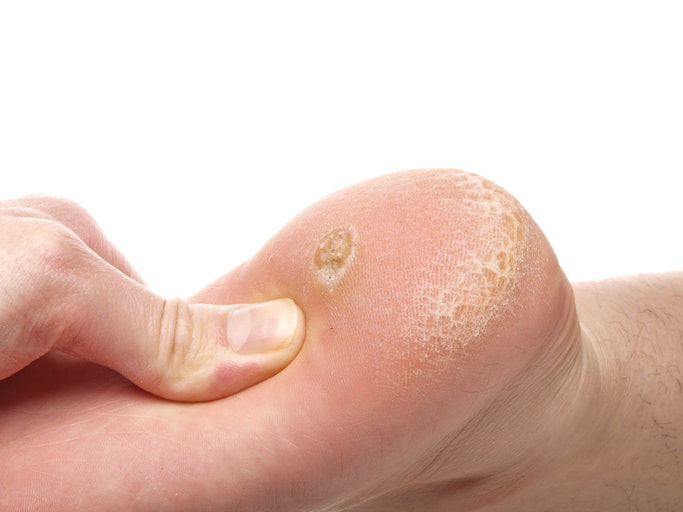0 Comments
Your comment will be posted after it is approved.
Leave a Reply. |
Foot Conditions
All
|
tel: 01395 442437 | contact us
Rolle Podiatry and Health, 30 Fore Street, Budleigh Salterton, Devon EX9 6NH
© Rolle Podiatry and Health 2017 All rights reserved | Website design by Bright Blue C



